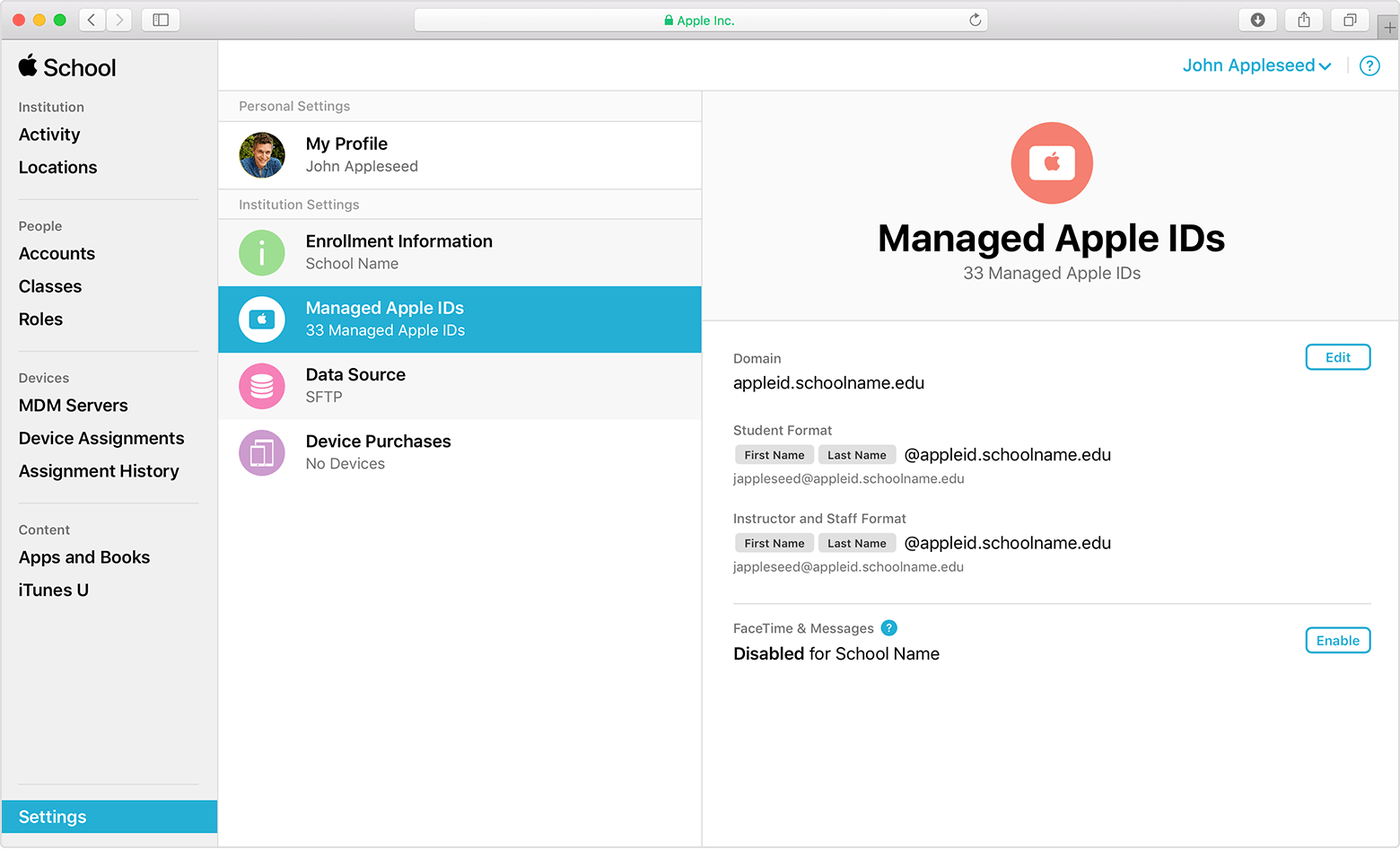very cool Mac os x update.
A normal MAC address looks like this: 00:09:5B:EC:EE:F2. It is composed of six octets. The first half (00:09:5B) of each MAC address is known as the Organizationally Unique Identifier (OUI). Simply put, it is the card manufacturer. The second half (EC:EE:F2) is known as the extension identifier and is unique to each network card within the specific OUI. Many access points will ignore MAC addresses with invalid OUIs. So make sure you use a valid OUI code when you make up MAC addresses. Otherwise, your packets may be ignored by the Access Point. The current list of OUIs may be found here. Make sure that that the last bit of first octet is 0. This corresponds to unicast addresses. If it is set to 1, this indicates a group address, which is normally exclusively used by multicast traffic. MAC addresses with a source set to multicast are invalid and will be dropped. Examples of valid OUIs: 00:1B:23, 08:14:43, AA:00:04 because 0, 8 and A are even Examples of invalid OUIs: 01:1B:23, 03:23:32 I


To find the MAC address in Mac OS X. From the Apple Menu in the upper left choose System Preferences; Choose the Network Preferences and select Airport (for Wireless) or Built in Ethernet (for Ethernet card) from the Show menu; The MAC address will be listed at the bottom of the TCP/IP tab as the Airport ID or Ethernet Address. MAC Address or media access control address is a unique ID assigned to network interface cards (NICs). It is also known as a physical or hardware address. It identifies the hardware manufacturer and is used for network communication between devices in a network segment. MAC Address usually consists of six groups of two hexadecimal digits. A MAC address is a unique, alphanumeric hardware identifier for a device that connects to the internet. Every network device or interface, such as your laptop 's Wi-Fi adapter, has a MAC (or 'media. The MAC address will be listed at the bottom of the TCP/IP tab as the Airport ID or Ethernet Address. You will see the MAC address in this format 00:00:00:00:00. RFC 4122 does allow the MAC address in a version-1 (or 2) UUID to be replaced by a random 48-bit node ID, either because the node does not have a MAC address, or because it is not desirable to expose it. In that case, the RFC requires that the least significant bit of the first octet of the node ID should be set to 1.

